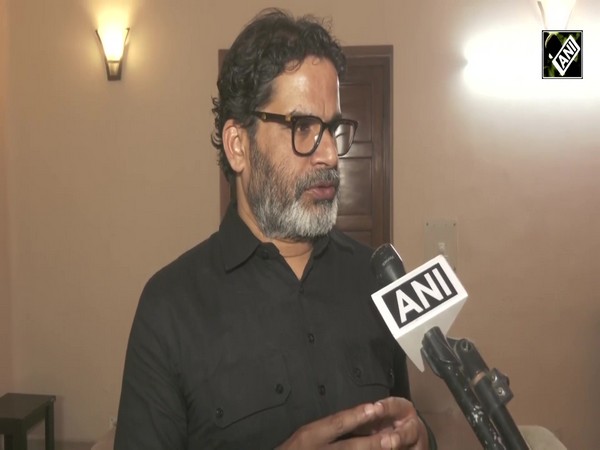India Inc credit outlook turns positive, upgrades rise: Crisil
Aug 21, 2021

Mumbai (Maharashtra) [India], Aug 21 : Crisil Ratings has revised the credit quality outlook of India Inc for fiscal 2022 to positive from cautiously optimistic earlier, predicated on a sustained recovery in demand after the blip caused by the second wave of Covid-19 afflictions in the first quarter.
The increase in coverage of vaccinations should also mitigate the impact of a third wave if it comes about, it said.
The credit ratio (upgrades to downgrades) in the first four months of this fiscal improved to more than 2.5 times. It had touched a decadal low of 0.54 time amid the first wave in the first half of fiscal 2021 before recovering to 1.33 times in the second half, buoyed by a rebound in demand.
A Crisil Ratings study of 43 sectors (accounting for 75 per cent of the Rs 36 lakh crore outstanding rated debt excluding the financial sector) shows the current recovery is broad-based.
As many as 28 sectors (85 per cent of outstanding corporate debt under study) are on course to see a 100 per cent rebound in demand to pre-pandemic levels by the end of this fiscal while six will see upwards of 85 per cent.
"Our outlook revision factors in strong economic growth, both domestic and global, and containment measures that are localised and less stringent compared with the first wave which should keep domestic demand buoyant even if a third wave materialises," said Subodh Rai, Chief Ratings Officer at Crisil Ratings,
"We believe India Inc is on higher and stronger footing."
Among sectors with the most rating upgrades, construction and engineering, and renewable energy benefited from the government's thrust on infrastructure spending while steel and other metals gained from higher price realisations and profitability.
Pharmaceuticals and specialty chemicals continued to see buoyancy backed by both domestic and export growth.
But contact-intensive sectors such as hospitality and education services continue to bear the brunt of pandemic and have had more downgrades than upgrades. To be sure, targeted relief measures by the Reserve Bank of India (RBI) and the government amid the second wave have cushioned credit profiles in some sectors.
The financial sector is also better placed today than a year back, given less stringent lockdowns and the systems and processes put in place to manage collections amid the restrictions.
Support from the government and the RBI through emergency credit lines, moratorium and one-time debt restructuring for pandemic-affected companies have helped banks and non-banks curb a rise in non-performing assets.
Credit profiles in the financial sector have been supported by higher capitalisation levels, better provisioning cover and increased access to liquidity.
Unsecured retail, and micro, small and medium enterprise loan segments are likely to witness higher stress over the near term, said Crisil. The key monitorables from here will be a fat tail in the second wave, or an intense third wave.
Other risks to the positive credit outlook include regional and temporal distribution of rainfall and its implications for sustained demand recovery. Small businesses in particular will be more vulnerable to any slack in demand.



















